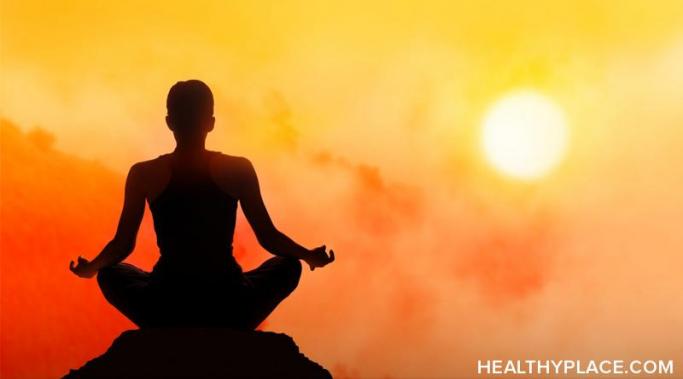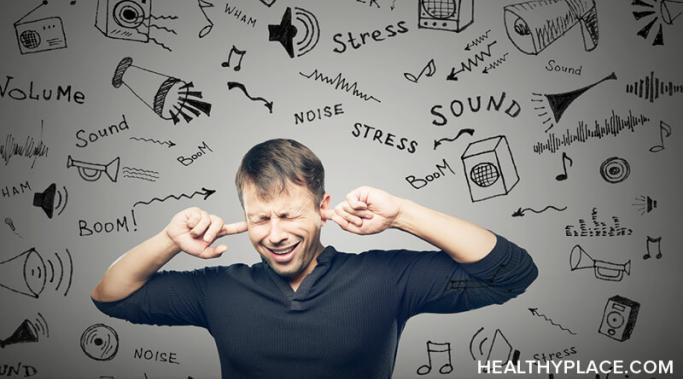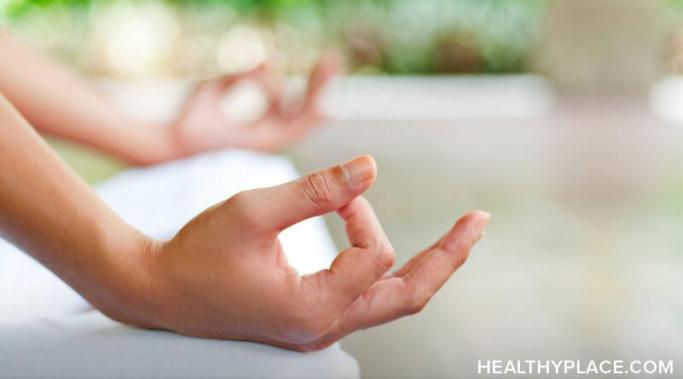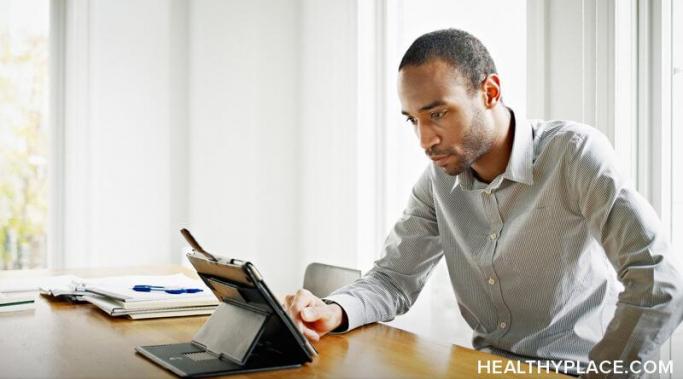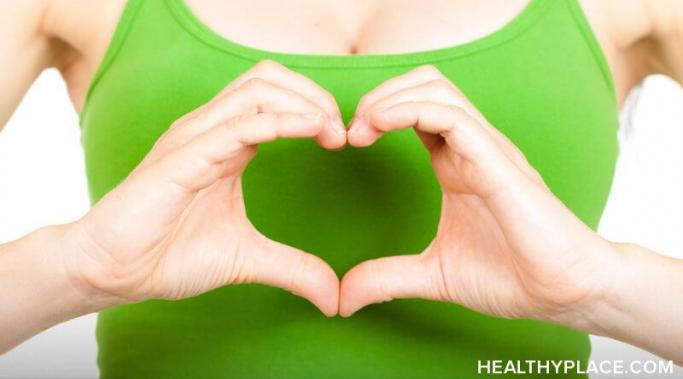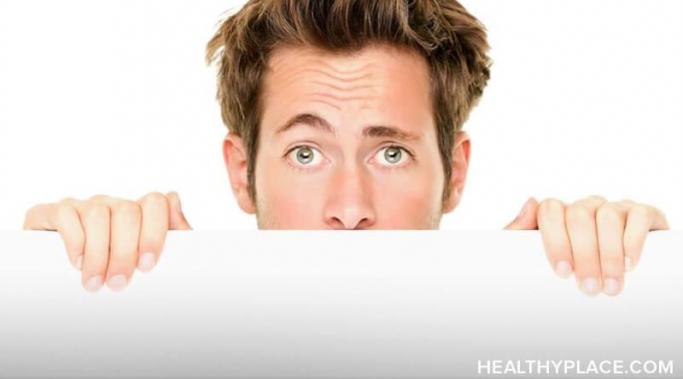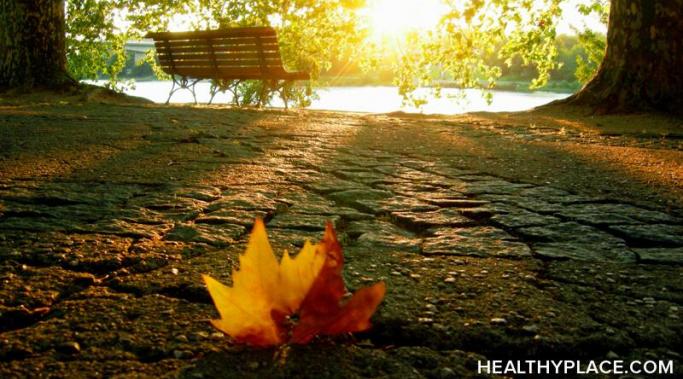Treating anxiety and suicidality may not be something you think about, but anxiety is a heterogeneous disorder, encompassing a wide array of symptoms and consequently requiring distinct treatments. Although people often think of depression being involved in suicide, fewer realize that different types of anxiety contribute to suicide as well. Social anxiety, emotional dysregulation, and distress intolerance are associated with suicidal thoughts in adolescents. Panic disorder also increases the risk of suicide and is associated with higher levels of impulsivity, depression, and hopelessness. Higher suicide risk has also been demonstrated in individuals with OCD.
Anxiety Treatment – Treating Anxiety
I use meditation to relax and help me cope with anxious thoughts. I often use cognitive behavioral techniques to challenge my anxious thoughts, and while they are very helpful, sometimes challenging my anxious thoughts cognitively is not enough. When this happens, I like to turn to non-judgmental meditation to relax through my anxiety. Unlike cognitive techniques, non-judgment meditation isn't used to directly challenge the validity of anxious thoughts. Instead, it allows you to acknowledge that your anxious thoughts are no different than other, less stressful thoughts, and consequently that they are not true and can be let go of. Here are the steps I use for meditation to relax through anxious thoughts.
Sensory overload anxiety can be a real problem for highly sensitive people (HSP). While not all highly sensitive people face intense anxiety, it’s common for highly sensitive people to experience sensory overload anxiety from common, everyday occurrences. But with the right anxiety coping skills, we can better prepare and cope with the challenges of living as a highly sensitive person with anxiety.
Anxiety relief exercises often draw your attention to the anxiety itself. But this one uses your body as a resource to calm anxiety (Ignore Anxiety–Pay Attention to What Anxiety Is Not). Your body is one of the most important resources you can use to treat anxiety. What does it really mean to use the body as a resource? Learn more and try this anxiety relief exercise.
Mindful eating habits are one of the simplest ways we can reduce anxiety. Food is one of the most fundamental ways we nourish our physical and mental health. But it’s not just what we eat, but how we prepare and consume our food. Given that we eat daily, mealtime is the perfect opportunity to practice mindfulness tools that can help ease anxiety.
Online therapy for anxiety can help relieve the stress of searching for a therapist. When you’re in an anxious state, finding a good therapist can feel daunting. If you find someone, it may take weeks for an appointment. Many are turning towards the convenience of online therapy. And for people with anxiety, there are particular aspects of online therapy that can be helpful.
If you want to prevent anxiety as we enter the new year, better self-care may be on your list of resolutions. But how quickly do we veer off course when we set lofty expectations for ourselves? I’d like to offer some tips to help you build a self-care practice to prevent anxiety without exacerbating it in the process.
I recently attended a rational emotive behavior therapy (REBT) training and I began thinking more about using it to reduce my own anxiety. Rational emotive behavior therapy, the first form of cognitive behavioral therapy (CBT), was developed by Albert Ellis in the 1950s. The REBT approach encourages us to dispute irrational thinking to develop healthy emotional self-regulation.
Limiting beliefs and thoughts are often at the root of social anxiety. If we trust these limiting beliefs, we give our thoughts undue power. Cognitive restructuring is one technique used in cognitive behavioral therapy (CBT) to treat social anxiety.
I experience seasonal anxiety, so naturally I expect it--but never as soon as it appears. Today I peered out the window, and there it was. A wave of anxiety rolled through my body. It was a familiar jolt that reacted to a common anxiety trigger—a cold, blustery day with a sky darker than my favorite charcoal gray t-shirt. Autumn is here and winter is coming. Naturally, seasonal anxiety is too.

